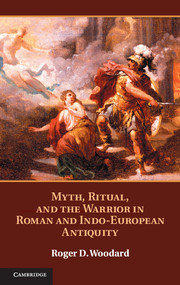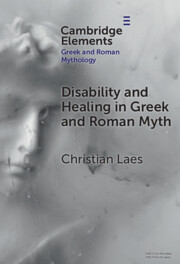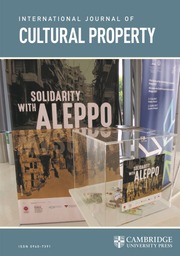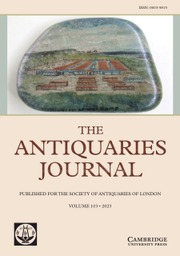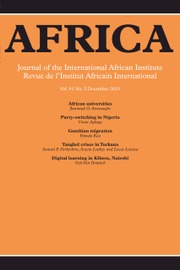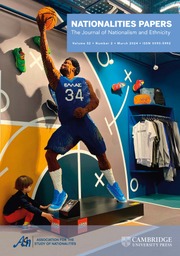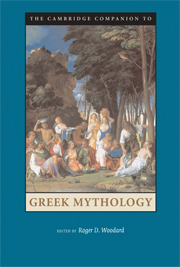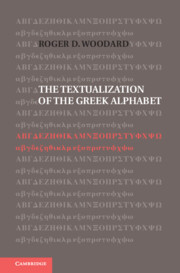Myth, Ritual, and the Warrior in Roman and Indo-European Antiquity
This book examines the figure of the returning warrior as depicted in the myths of several ancient and medieval Indo-European cultures. In these cultures, the returning warrior was often portrayed as a figure rendered dysfunctionally destructive or isolationist by the horrors of combat. This mythic portrayal of the returned warrior is consistent with modern studies of similar behavior among soldiers returning from war. Roger Woodard's research identifies a common origin of these myths in the ancestral proto-Indo-European culture, in which rites were enacted to enable warriors to reintegrate themselves as functional members of society. He also compares the Italic, Indo-Iranian, and Celtic mythic traditions surrounding the warrior, paying particular attention to Roman myth and ritual, notably to the etiologies and rites of the July festivals of the Poplifugia and Nonae Caprotinae, and to the October rites of the Sororium Tigillum.
- Reveals that primitive warriors, like their modern counterparts, suffered from post-traumatic stress disorders
- Offers a compelling interpretation of the obscure Roman rituals of the Poplifugia and Nonae Caprotinae
- Demonstrates that archaic social structures were preserved in Roman ritual ideology long after they ceased to exist as the actual organizational principles of Roman society
Reviews & endorsements
Advance Praise: “Who dares in this day to advance a comparatist approach? Woodard takes this challenge on with intelligence and dexterity to, examine Roman rituals and Indo-European myths. We are led by the warrior god Indra, and confronted in turn by CuChulainn, Hercules, and Batraz, in a thrilling comparative journey, traced by a master hand.” –Claude Calame, Directeur d’études à l’Ecole des Hautes Etudes en Sciences Sociales, Paris
“This book is about the ‘dysfunctional raging warrior’ in Indo-European traditions, especially as reflected in Roman rituals and in the myths linked to these rituals. The author shows a masterful command of the relevant evidence, which requires the most careful and precise analysis of text and language.” –Gregory Nagy, Harvard University
Product details
January 2013Hardback
9781107022409
301 pages
235 × 158 × 21 mm
0.55kg
Available
Table of Contents
- Preface
- 1. People flee
- 2. And Romulus disappears
- 3. At the shrines of Vulcan
- 4. Where space varies
- 5. Warriors in crisis
- 6. Structures: matrix and continuum
- 7. Remote spaces
- 8. Erotic women and the (un)averted gaze
- 9. Clairvoyant women
- 10. Watery spaces
- 11. Return to order
- 12. Further conclusions and interpretations.

